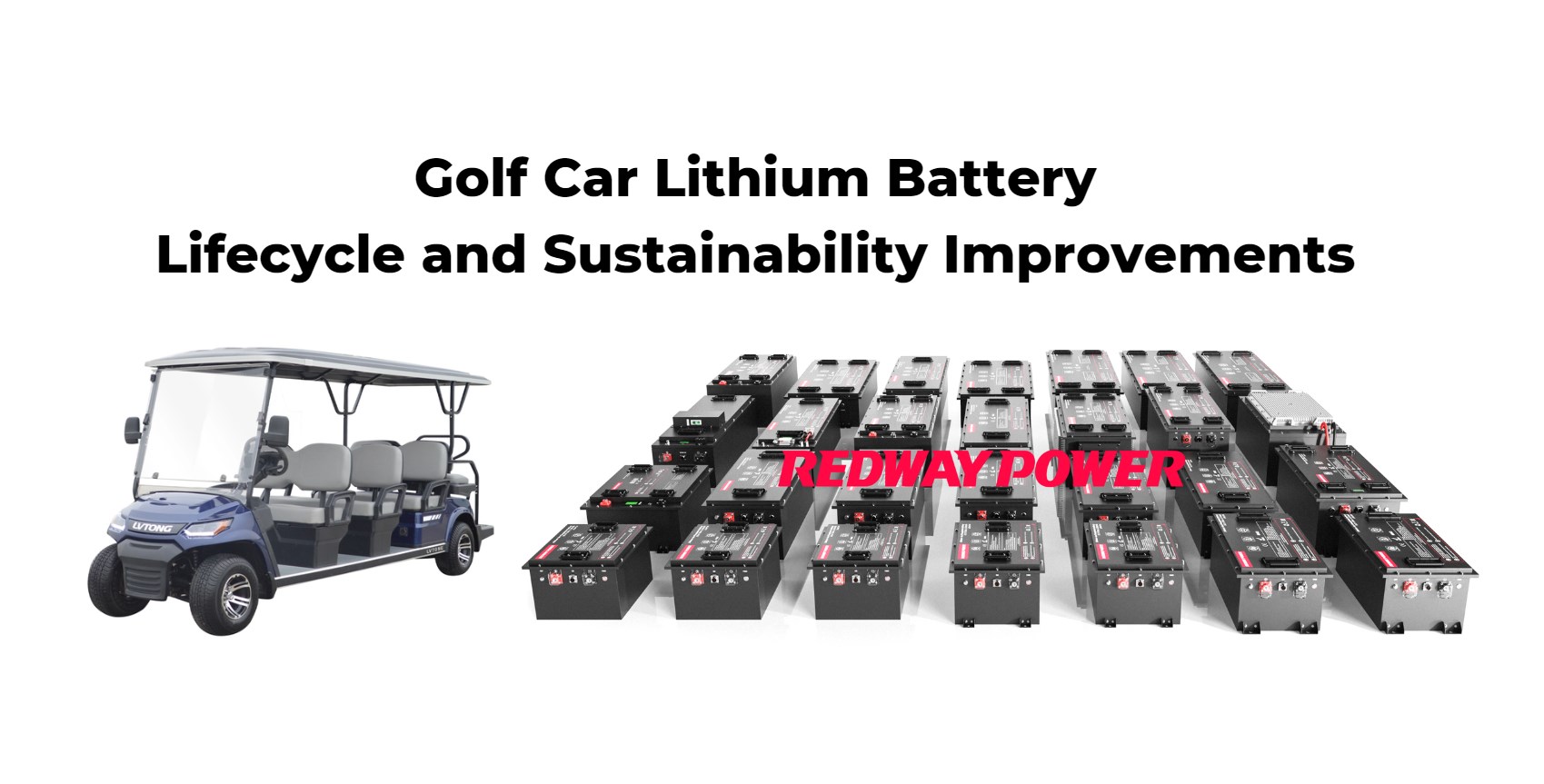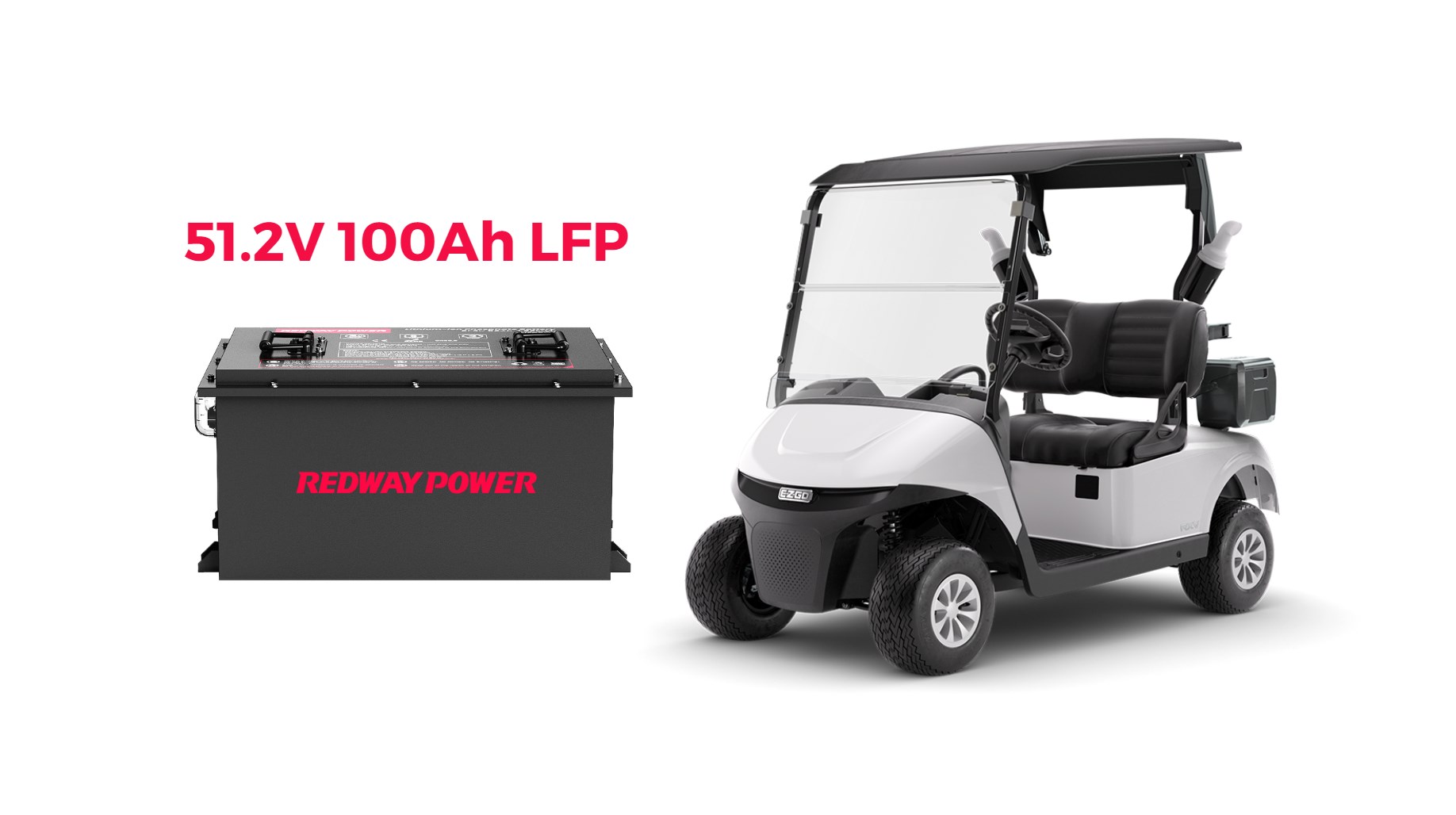What Is the Lifespan of Lithium eBike Batteries?
What Factors Influence Battery Longevity?
Several factors play a crucial role in determining how long lithium eBike batteries will last:
- Battery Chemistry: Different lithium chemistries can have varying lifespans; lithium iron phosphate (LiFePO4) batteries often last longer than other types.
- Usage Patterns: Frequent high-power usage can accelerate wear and tear on battery cells.
- Charging Habits: Regularly discharging below 20% or overcharging can shorten battery life.
Chart Title: Factors Influencing Longevity
| Factor | Impact on Lifespan |
|---|---|
| Battery Chemistry | Varies by type; LiFePO4 generally lasts longer |
| Usage Patterns | High power settings reduce lifespan |
| Charging Habits | Deep discharges and overcharging harm longevity |
How Do Charge Cycles Affect Lifespan?
Charge cycles refer to the number of times a battery can be charged and discharged before its capacity diminishes:
- Cycle Count: Most lithium eBike batteries can endure between 800 and 1,500 cycles, depending on how well they are maintained.
- Capacity Degradation: After approximately 500 cycles, many batteries retain about 80% of their original capacity.
Chart Title: Charge Cycle Impact
| Cycle Count | Capacity Retention (%) |
|---|---|
| 0-500 | ~80% |
| 500-1000 | ~70% |
| 1000-1500 | ~60% |
What Is the Impact of Temperature on Battery Life?
Temperature significantly affects lithium battery performance:
- High Temperatures: Excessive heat can lead to thermal runaway, reducing lifespan and posing safety risks.
- Low Temperatures: Cold conditions can temporarily reduce capacity but may also cause permanent damage if charging occurs in freezing temperatures.
Chart Title: Temperature Effects on Performance
| Temperature Condition | Impact |
|---|---|
| High (>25°C) | Increased risk of thermal runaway |
| Optimal (15°C-25°C) | Stable performance |
| Low (<0°C) | Reduced capacity; risk during charging |
How Can You Extend the Life of Your Lithium Battery?
To maximize battery lifespan, consider these practices:
- Regular Charging: Avoid letting your battery drop below 20% charge.
- Proper Storage: Store in a cool, dry place away from direct sunlight.
- Periodic Checks: Inspect connections and terminals regularly for corrosion or damage.
Chart Title: Best Practices for Extending Lifespan
| Practice | Importance |
|---|---|
| Regular Charging | Prevents deep discharge |
| Proper Storage | Protects against extreme conditions |
| Periodic Checks | Ensures optimal performance |
What Maintenance Practices Can Help Maximize Battery Lifespan?
Regular maintenance is key to ensuring optimal performance:
- Periodic Inspections: Check for corrosion at terminals and clean as necessary.
- Monitor Performance: Keep track of range and charging times; any significant changes may indicate issues.
- Follow Manufacturer Guidelines: Adhere to recommended practices for charging and storage.
Chart Title: Maintenance Practices Overview
| Practice | Description |
|---|---|
| Periodic Inspections | Ensures connections are clean |
| Monitor Performance | Detects early signs of battery issues |
| Follow Manufacturer Guidelines | Maintains optimal performance |
Conclusion
The lifespan of lithium eBike batteries typically ranges from 800 to 1,500 charge cycles, translating into approximately 3 to 5 years under normal usage conditions. By understanding key factors affecting longevity and implementing proper maintenance practices, users can maximize their battery life and enhance their overall riding experience.
Expert Views
“Understanding how to care for lithium eBike batteries is essential for riders who want to ensure long-lasting performance. With proper maintenance and awareness of environmental factors, cyclists can enjoy many years with their electric bikes,” states an expert from Redway.
FAQ Section
- What types of lithium batteries are used in eBikes?
Common types include lithium-ion (Li-ion), lithium polymer (LiPo), and lithium iron phosphate (LiFePO4). - How long do lithium eBike batteries typically last?
They generally last between 800 to 1,500 charge cycles, depending on usage and maintenance. - What maintenance practices should be followed?
Regularly charge your battery, store it properly, and monitor connections for corrosion.









